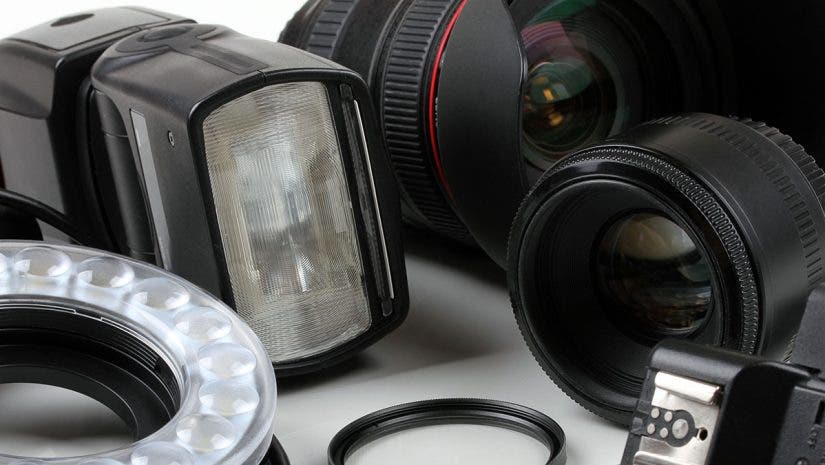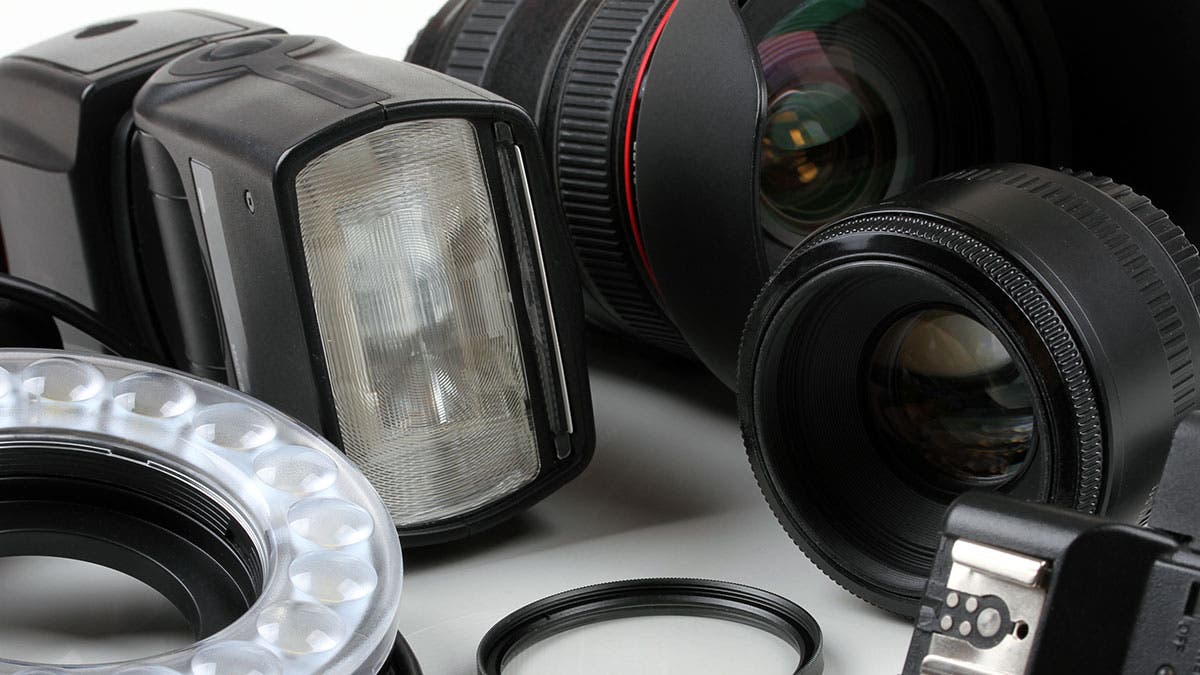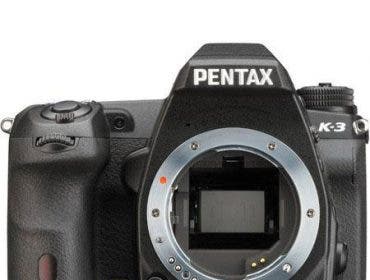The Pentax K3 is great for portrait and fashion photography, photographing star trails and other astronomy, and photographing wildlife and extreme sports. Here’s what you need to accomplish each of these photographic tasks.
Also see: Pentax K-3 Advanced APS DSLR: Guided Tour
While a basic starter kit with a mid-range zoom such as the Pentax 18-135mm f/3.5-5.6 is a good starting point for travel and general photography, the Pentax K3 is capable of many photographic tasks that other cameras in its price range can’t quite handle. Here are three “Kits” I’ve put together to get you started in very specific kinds of photography.
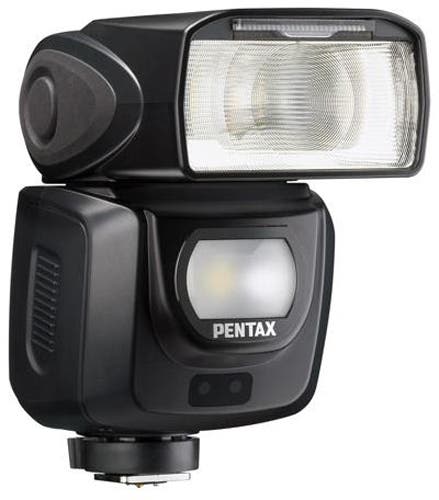
Portrait and fashion photography
A good portrait lens such as the highly-rated Pentax 77mm f/1.8 Limited Edition Prime is great for portraits as well as for runway or studio fashion photography. For flash, consider a couple of dedicated Wireless flash units such as the powerful Pentax AF-360GZ II, which offers wireless TTL flash control. A couple of Flashpoint Mini SoftBox diffusers will help you get flattering results.
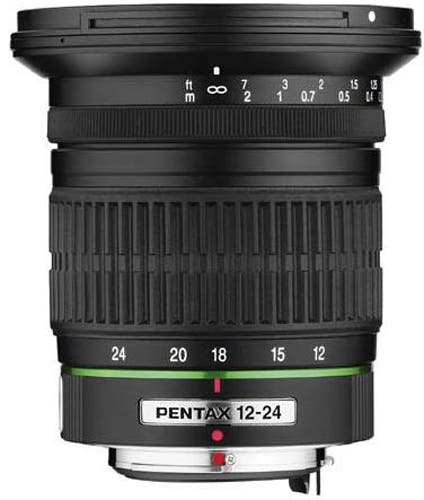
Star Trails
Want to create a long exposure night image that shows star trails? The Pentax K3 is a great choice, thanks to its Interval Composite Mode. This mode lets you stack a number of images in the camera to create a single RAW file that combines all of the exposures. Use any lens that will take in the scene you want; a wide zoom lens such as the Pentax 12-24mm f/4 is a great choice if you’re looking for a huge vista. You’ll also need a solid tripod such as the 3Pod P4CFH, available exclusively from Adorama, since exposure time could be an hour or more. No worries about taking up too much room on your memory card because the result will be a single RAW image—which is manageable.
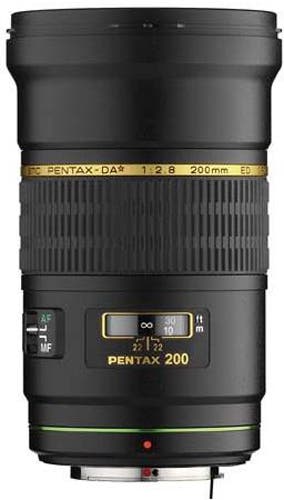
Extreme Sports/Wildlife
Thanks to its rugged build, the Pentax K3 is a great wildlife camera because you can take it out in all kinds of weather. For shooting distant creatures, consider a long lens such as the Pentax DA 300mm f/4 or Pentax DA 200mm f/2.8 and a 1.4x tele extender. You can crank up the ISO for slower apertures as needed. A monopod such as the Manfrotto 680B is also an important tool here to hold the camera steady while giving you sufficient portability in the field.
